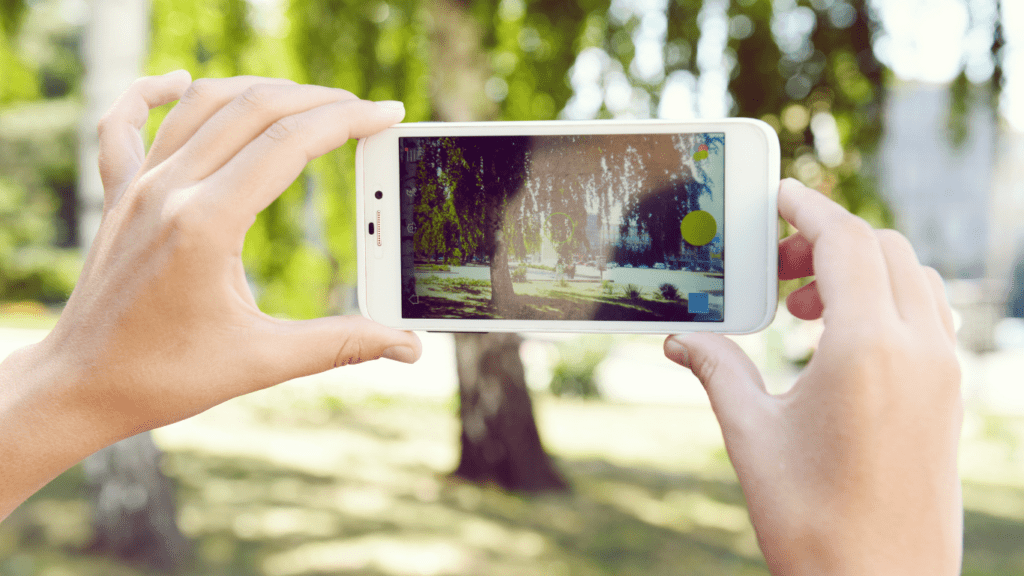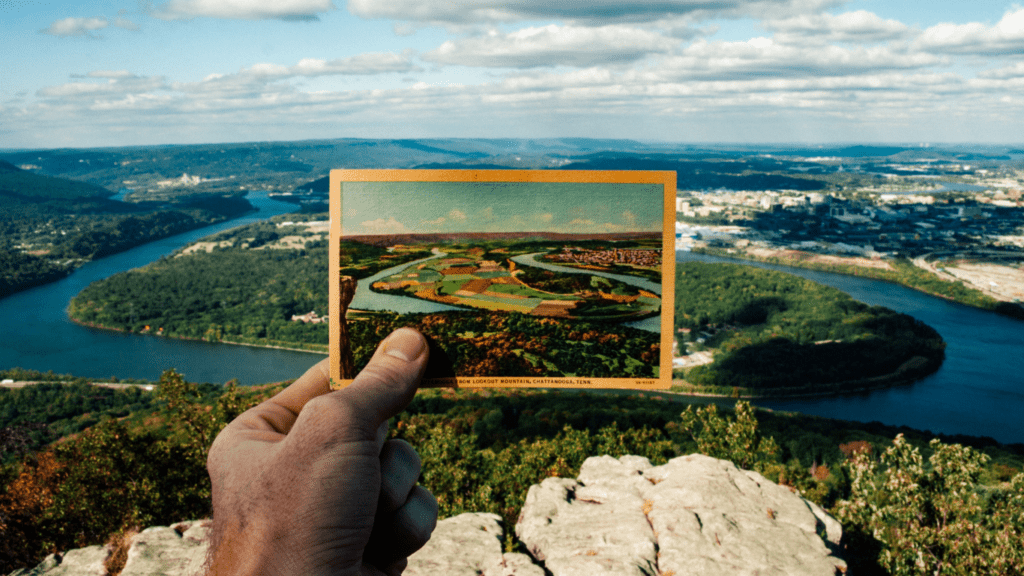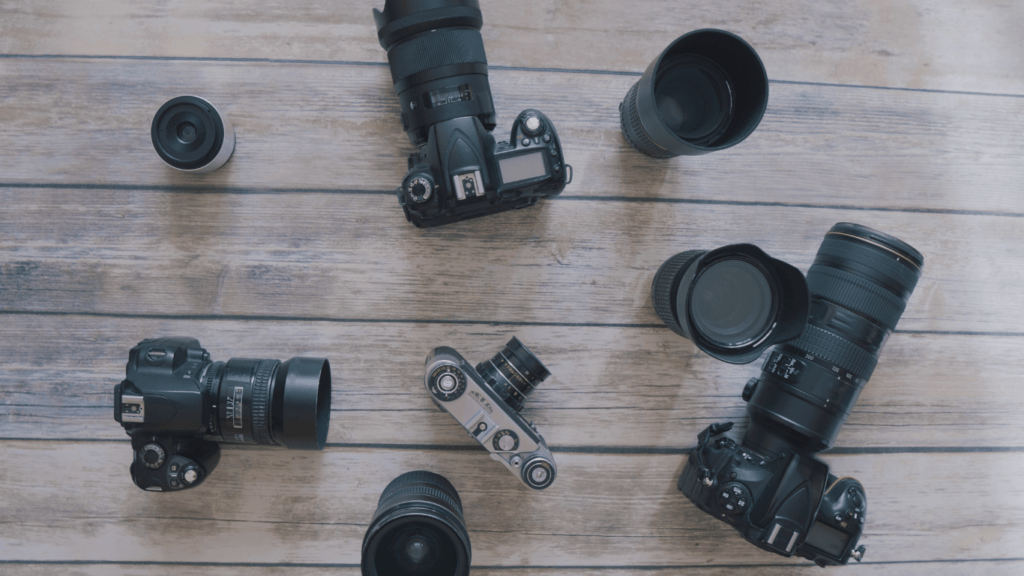Photography’s always been an art form that evolves with time, and lately, I’ve noticed some exciting shifts in how photographers are capturing the world. From intimate portraits that tell raw, personal stories to breathtaking landscapes that feel almost otherworldly, new styles are constantly emerging, pushing creative boundaries. It’s fascinating to see how technology and fresh perspectives are shaping this visual medium.
Understanding Emerging Photography Styles
New photography styles are redefining how stories are told through images. These styles reflect shifts in artistic expression, technological advances, and changing cultural dynamics. By understanding them, photographers can create work that resonates with modern audiences.
1. Cinematic Photography
Cinematic photography focuses on creating dramatic, movie-like visuals. This style uses lighting, color grading, and framing techniques to evoke strong emotions, often mimicking film scenes. Examples include portraits with soft backlighting and cityscapes with rich tones resembling film noir.
2. Experimental Techniques
Experimental photography incorporates non-traditional methods. Techniques like double exposure, light painting, and creative post-processing redefine visual norms. For instance, layering multiple images or using unusual color palettes transforms conventional shots into unique artwork.
3. Minimalist Aesthetics
Minimalism emphasizes simplicity by removing unnecessary elements. Photographers use negative space, muted colors, and clean lines to draw attention to the subject. Examples include lone trees in snowy fields or isolated architectural details against blank skies.
4. Documentary-Style Storytelling
Documentary photography blends authenticity with narrative focus. Unstaged, natural moments are captured to convey real-life emotions or social issues. Popular in weddings and events, this style resonates for its raw, unfiltered perspective.
5. Abstract and Surreal Imagery
Abstract photography distorts reality to focus on patterns, textures, or forms. Photographers use macro shots or reflections to create ambiguity, inviting viewers to interpret meaning. Surrealists manipulate perspectives or add whimsical elements for dreamlike compositions.
Emerging styles like these highlight the evolving creativity in photography. Exploring these trends opens new opportunities for visual storytelling and artistic growth.
Evolution Of Photography: Portraits To Landscapes

Photography has transitioned from personal portraits to expansive landscapes, reflecting shifts in artistic intention and technological advancement. These changes continue redefining visual storytelling across genres.
The Shift In Artistic Narratives
Portrait photography historically emphasized individuality, intimacy, and emotion. Early works often focused on static compositions and formal poses to reflect societal values. Over time, narratives evolved, prioritizing authenticity and personal connection.
Landscape photography gained prominence as photographers sought to capture the natural world’s scale and beauty. Romanticized depictions of nature emphasized escapism in the early 20th century. Current styles integrate environmental themes, human interaction with nature, and dynamic lighting, merging art with advocacy.
Influence Of Technology On Photography Styles
Technological advancements play a central role in shaping photography trends. High-resolution cameras and smartphones made both portrait and landscape photography accessible. Features like autofocus and in-camera stabilization ensure precision.
Drone technology transformed landscapes by enabling aerial perspectives, adding depth and grandeur. AI-powered editing tools, such as Adobe’s neural filters, allow photographers to enhance details, colors, and textures in ways previously unimaginable, driving innovation across styles.
Popular Emerging Photography Styles
Emerging photography styles are reshaping the visual storytelling landscape. These styles blend creativity and technique, offering diverse ways to interpret subjects and settings.
Abstract Photography
Abstract photography focuses on textures, shapes, patterns, and colors to transform ordinary subjects into visually intriguing art. By isolating details or using creative angles, I can reimagine familiar subjects. Photographers often rely on techniques like:
- intentional camera movement
- double exposure
- macro photography
to distort reality. For example, close-up shots of glass surfaces or reflections can achieve stunning abstract results.
Minimalist Photography
Minimalist photography emphasizes simplicity by highlighting negative space, clean lines, and singular subjects. This approach removes distractions, amplifying focus on the primary element. When I feature a lone figure against a vast, empty beach or a single geometric window on a blank wall, the minimal composition conveys powerful emotion. Lighting and composition are key to maintaining balance in these images.
Aerial and Drone Photography
Aerial and drone photography offers perspectives previously inaccessible to traditional photographers. Drones equipped with high-resolution cameras capture sweeping shots of landscapes, architectural structures, and crowds. I often use this style to create dynamic visuals, such as symmetrical farmland patterns or winding mountain roads. Its popularity has soared due to advancements in drone technology and editing software.
Environmental Portraits
Environmental portraits tell stories by showcasing subjects in their surroundings. Unlike traditional studio portraits, these images incorporate context to add depth and narrative. When I photograph an artist in their studio or a farmer in a field, the setting becomes an integral part of the story. This style prioritizes authenticity and engages viewers by connecting people with places.




